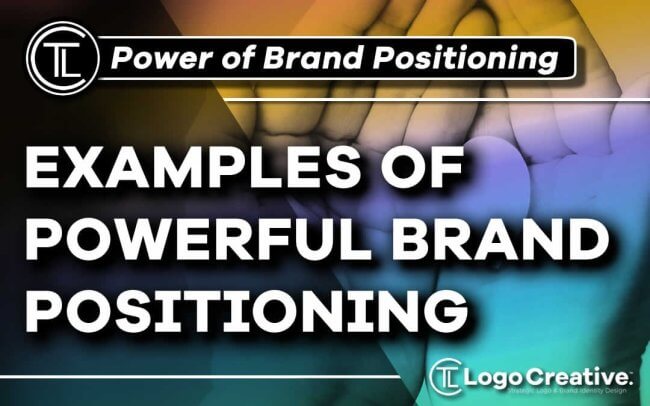In this article we are going to share some great examples of powerful brand positioning from some of the world’s biggest and well-known brands.
But first, let’s take a moment to understand why it’s crucial to develop a brand positioning strategy. Brand positioning is without a doubt one of the highly challenging aspects of brand strategy.
In my opinion Brand Positioning is the space a brand occupies within the mind of the customer and how it differentiates itself from competitors, brand positioning is a marketing strategy that helps businesses set themselves apart.
The goal of business branding and marketing is to display to your brand audience such as consumers and potential customers, why they should choose to invest in your brand over a competitor.
Your brand’s audience will be thinking “why should I choose this brand?” we all do it’s a subconscious feeling that happens in our minds when engaging with brands and their products and services.
As we are fully aware of this naturally subconscious part of the mind which influences our actions and feelings, it’s our job to have a clear and unique answer for our brand audience that will encourage and help them understand in their mind that our brand is for them.
It’s inevitable in this age of globalisation and a highly competitive market that brand positioning should be a top focus with brands moving forward.
Brands need to establish themselves with a differential position standing firmly ahead by offering something different from competitors that will be noticed within its market segment.
Brand positioning is not a one-time task, it’s a continuous element of your brand strategy for years to come.
Now that we understand the importance of brand positioning and why we need a brand positioning strategy of your own, we’ll also take a look at what makes an effective brand positioning strategy and how some of the world’s biggest brands position themselves with powerful brand positioning.
Table of Contents
What is Brand Positioning?
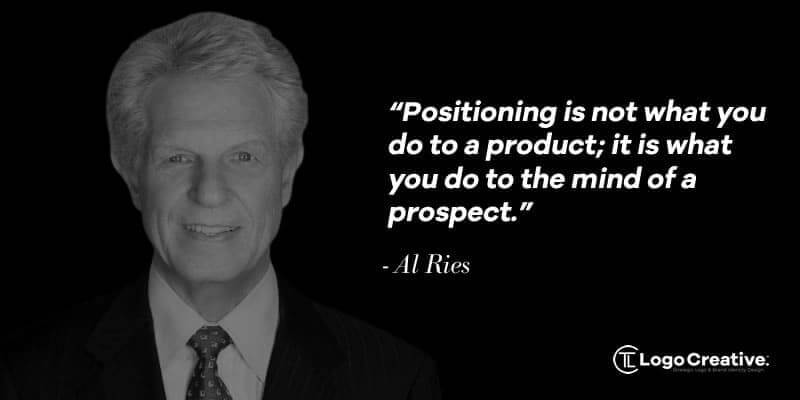
Based on what we explained earlier about a person’s subconscious part of their mind that influences their actions and feelings towards a brand, product or service, this quote by Al Ries fits in nicely.
“Positioning is not what you do to a product; it is what you do to the mind of a prospect.”
Simply put it’s our job as part of our brand positioning strategy to convince the audience to trust in our brand’s products and services over competitors.
Philip Kotler, who is described as the father of modern marketing, defines brand positioning as
“The act of designing the company’s offering and image to occupy a distinctive place in the mind of the target market”.
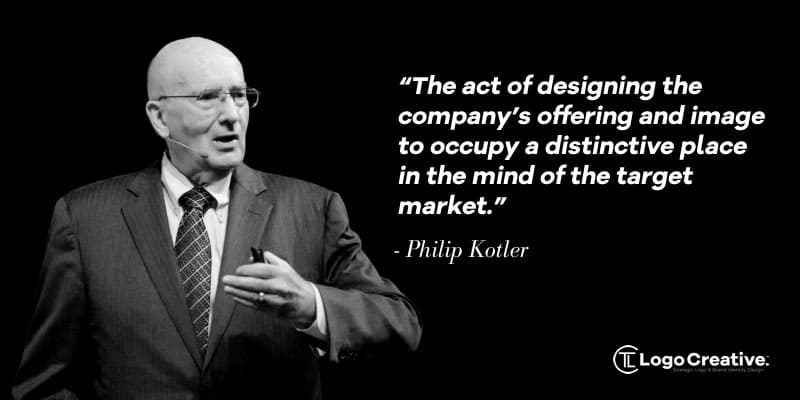
Basically, brand positioning explains how a brand is different from its competitors and how and where it is placed in the consumers mind.
Therefore, a brand positioning strategy involves creating brand associations in prospects minds to make them perceive the brand in a specific way.
This quote from Sir Richard Branson also explains how we need to set realistic customer expectations, and exceed them in an unexpected, but helpful way.
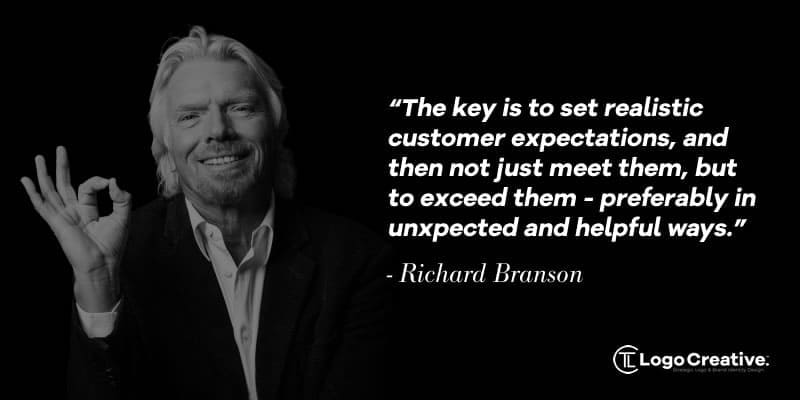
If a brand can deliver and exceed unexpectedly this will form loyalty and trust among its customers who not only recommend the brand to its friends and family, but also return as a loyal customer in the future.
Why is Brand Positioning Important?
Every brand has a reputation whether good or bad. Therefore, you can also create a brand positioning plan that will help you manage your brand’s positive reputation and image.
More than a century ago, the soda company, now known as Coca-Cola, decided to offer an unprecedented product, the first cola beverage.
It successfully positioned itself as the original. Today, with millions of sales worldwide, Coca-Cola is a household staple. It is positioned as the gold standard for soda in our minds.
Brand positioning allows companies to stand out from their competitors. This differentiation helps businesses increase brand awareness, convey value and justify pricing. All of these affect the brands bottom line.
Effective Brand Positioning Strategy Characteristics
When tasked with developing a brand positioning strategy, it is important to consider some important key characteristics.
1. Value
The position you take in the market and the subsequent offers you make to your audience must convey a sense of value. Values must be clearly communicated and easy to understand.
2. Uniqueness
You must have a unique brand positioning strategy, by entering the market with the same products or services that are offered at the same price, quality and with the same level of experience, your brand has a very high chance of falling at the first hurdle
You need to stand out as the obvious choice for your target audience.
3. Clear
There should be no lack of clarity when communicating the uniqueness and value of your brand’s position in the market.
You may have created a truly unique position with the ability to revolutionise the industry as a whole, but it fails if viewers do not clearly understand their benefits.
4. Deliverable
Needless to say, your brand positioning strategy is a huge deal. This is at the heart of your entire branding strategy, and the rest of your branding strategy will build on it.
If you’re not 100% sure if you’re the right fit for the position you’re creating for your brand, choose another market position. The fastest way to kill a brand is to ignore its fundamental difference.
5. Relevancy
Your brand position is developed focusing on the market landscape and its key players (i.e. your audience and competitors).
If you haven’t taken into account the needs, wants, desires and also pain points of your audience, or your competitors’ strengths and weaknesses. Then your positioning strategy will lack relevance.
Brand Positioning Examples
Let’s now take a look at some prime Examples of Powerful Brand Positioning from some of the biggest well-loved brands in the world.
These brand maybe big, but we can all learn something from how they have positioned their brands in their target market.
Coca-Cola

When you think of a brand who is a pioneer, you can’t deny Coca-Cola a seat at the head of the table.
Coca-Cola has successfully positioned its brand and product in the minds of consumers in a very positive way, it’s is no wonder that the company has been able to survive for more than 125 years.
The Coca-Cola brand has always sought to emphasise the value of happiness, friendship, joy and sharing in order to establish their position in the market. This has helped build consumer engagement and, in turn, encourages them to share happy experiences and moments.
Starbucks
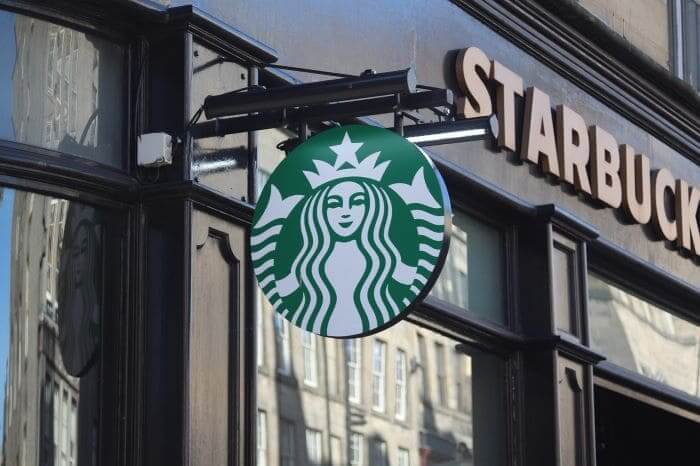
Another prime example of brand positioning is Starbucks who has positioned itself extremely well with a high focus on providing the best consumer experience.
Something as simple as writing the customer’s name on the cup before serving it became a huge part of the brand’s culture.
The brand was able to convey a simple message: buying coffee can be an enjoyable experience.
They also allow customers to calmly customise and order their drinks through the app, allowing them to save time which highly reinforces and improves consumer experience and strengthens their brand positioning.
Chipotle
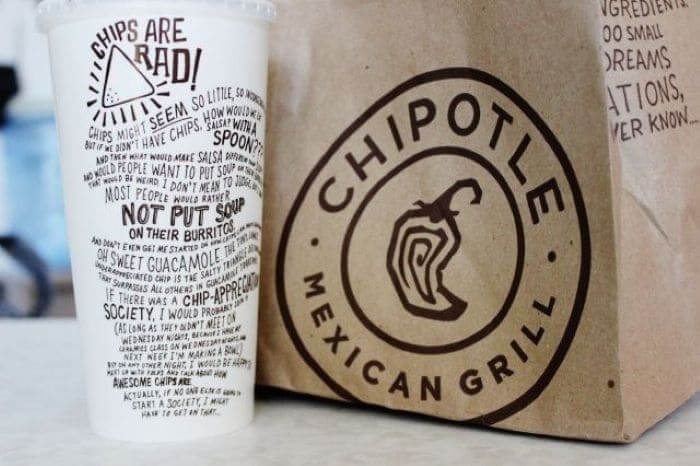
Taco Bell dominated Mexican fast-food restaurants in the United States for years, but since then Chipotle has come with a focus on quality.
Using the tagline “Food with Integrity” to help connect the brand with quality and win that place in the minds of its audience, Chipotle is well positioned to drive a growing wave of conscious customers.
Chipotle’s tagline which enhances their position in the market is a lot more than just a branding message as it clearly communicates the beliefs and values of the internal brand.
From the use of fresh local ingredients to homemade meals, Chipotle is a brand of substances that follows its values while attracting loyal customers and brand advocates.
When it comes to fast food, there are many options available. However, Chipotle has a strong position when it comes to locally produced fresh, homemade Mexican food.
Amazon
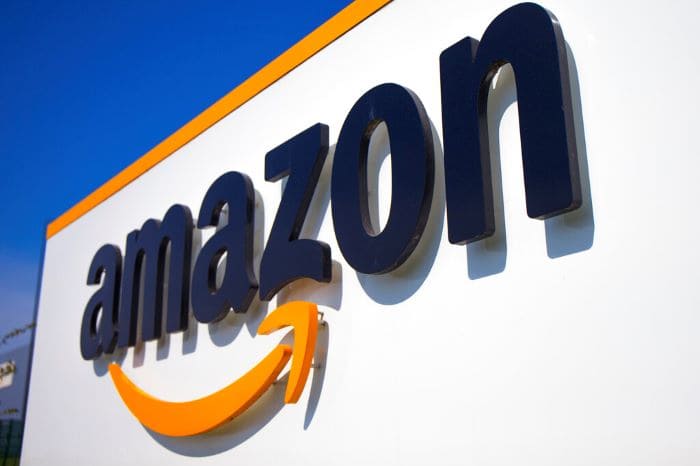
When it comes to brand positioning, the leading e-commerce store known as Amazon is defiantly one of the “prime” examples of powerful brand positioning. See what I did there!
The relationship the Amazon brand maintains with its customers to take shopping to the next level is the driving force behind its brand positioning.
Quick delivery, low prices, and the freedom to like or dislike a product give the brand a massive boost.
What’s more impressive is that wherever a person is looking to purchase an item online and do research into a product, more than likely end up reading through amazon reviews to help make up their minds.
Negative product reviews also don’t really hurt the brand as consumers find them helpful in their decision-making process, the customer will more than likely purchase a different product through Amazon anyway, I know I have.
Telsa
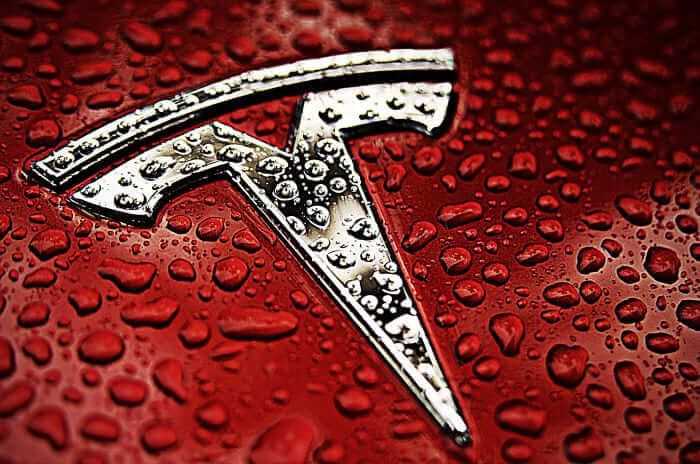
The positioning of the Tesla brand is one of its true strengths.
In 2008 Elon Musk took over the company, he re-positioned Telsa as “the new technology for clean energy”.
With engaging and compelling storytelling, premium pricing strategies, and target market segmentation, they created the next demand and market for an all-electric luxury car.
Telsa is not the only brand out there providing electric cars, it’s also not the only luxury car brand, and even combining the two to make a luxury electric car it’s still has competitors in the market.
Telsa is the only brand that is only focused on providing luxury electric cars and setting the position in this new industry.
Another unique aspect of the position Telsa occupies in the market is the purpose from which it all stems from.
Tesla’s mission is to “accelerate the world’s transition to sustainable energy,” and their new technologies are literally driving the industry forward, especially with the extent to which their cars can achieve.
Telsa has the highest exclusivity and respect that comes from their relationship with luxury when they enter the affordable car market.
Tesla is a trendsetter and leader in the luxury electric vehicle segment, and its pioneering spirit has put the magic into their brand.
Apple
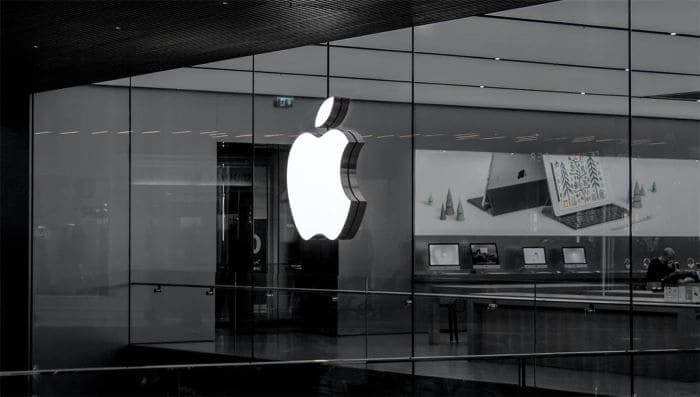
When you try to think of a perfect example of a strong brand who is dominating their sector look no further than Apple as it’s as close as you’ll get to the perfect strong brand example.
With uncompromising premium pricing, cutting-edge technology, and an exciting end-to-end customer experience, Apple recognizes that it’s not just a company that sells computers.
The legendary story of Steve Jobs vision to create a brand that could change the world almost poetically matches the position the Apple brand occupies within the market today.
Since Apple encouraged its customers to “think differently,” they’ve focused on the idea that people who think differently change the world.
By purchasing Apple products, their customers are aligning themselves with cutting-edge, imaginative, and innovative features they value the most.
Apple is the king of technology. And while their technology has helped change the world, it is the true strength of their brand position that has given them the freedom to continue to innovate the world for such a long time.
Dollar Shave Club
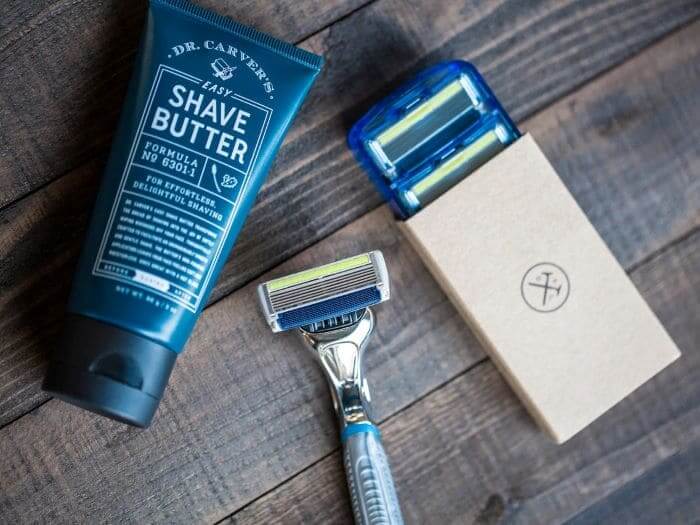
When the Dollar Shave Club entered the market they positioned themselves to perfection with their affordable grooming products for men.
The name alone demonstrates to male consumers the main aspect of the brand’s value proposition and that is it’s low cost.
The main focus is affordability and convenience, a brand for the average consumer.
For instance the brands main competitor is the more well-known brand know as Gillette that is more expensive with a very masculine brand tone to the messaging and overall branding.
Dollar Shave Club is perceived as a more casual brand. Gillette displays a sleek look and feel which features men who look like models and not your average male.
Dollar Shave Club have taken the route of the average male look across a wide range males who will be more relatable to their brand.
Simply put Dollar Shave Club is a cheaper casual brand that is more convenient than their competitors.
Nike
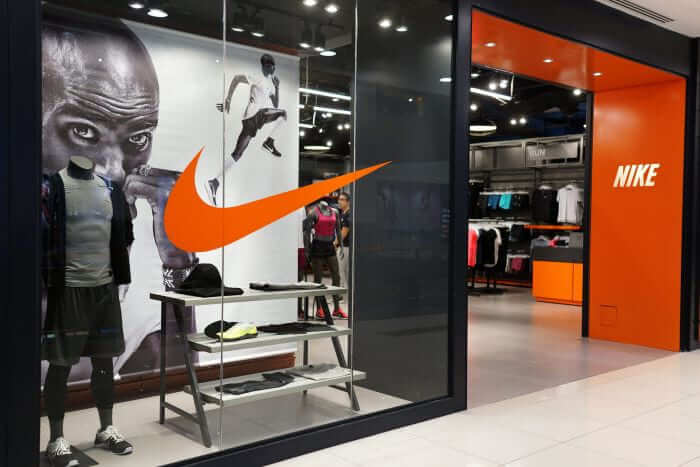
Nike launched their products with a focus on performance and innovation. A brand born from a competitive track and field heritage in Portlan Oregon.
They invented waffle shoes and developed the brand for the more serious athlete. Today Nike’s products now go way beyond running shoes, and they have now leveraged their reputation of quality and association with winning to expand the Nike brand into offering a broader athletic apparel range that improves performance.
Nike’s branding and message focuses on empowerment, from the slogan “Just Do It” to the origin of their name, the Greek goddess of victory.
If you notice their advertising models and athletes have neither smiles nor show happiness. They are doing physical activity and show their serious game faces.
The Nike brands main focus is on the concept of innovation aligning themselves with some of the most successful athletes in the world from sports such as NBA, NFL, Tennis and Soccer.
Positioned to help the more serious athlete do their best every time. Nike is positioned as a brand for winners.
HubSpot

In the early days, HubSpot started as an email marketing tool and created a term that is now a core practice in a now content driven word “inbound marketing”
There are tons of marketing tools out there competing with HubSpot, but HubSpot’s focus is on integration.
Many marketers out there have lost hours upon hours of time trying to get their software in sync with other software with the aim of it just working together.
HubSpot has evolved to fully meet the needs of consumers looking for that integration solution with its platform that integrates out of the box with everything from marketing automation to CRM, sales and service.
With a customer-centric approach and their ability to grow and evolve to meet their customers neeeds, HubSpots position in the market goes from strength to strength.
JetBlue
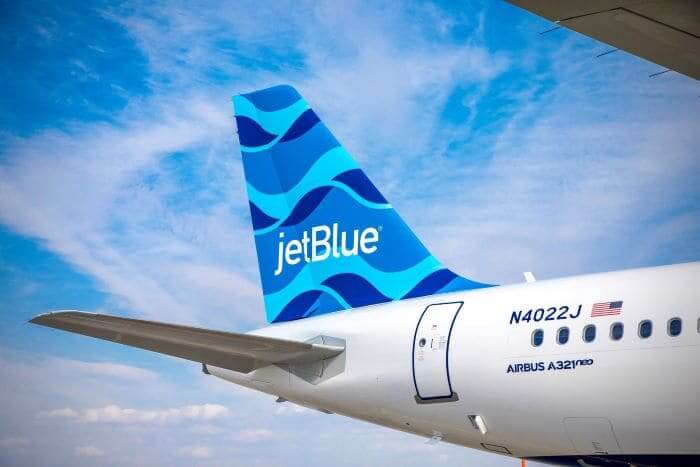
Prior to JetBlue launching, the idea of air travel was that competitive fares and comfortable travel were mutually exclusive.
You had to make a choice: you either sacrificed your travel comfort to save money or you sacrificed more money for travel comfort.
Then arrived JetBlue which has been at the forefront with a new focus on bringing fun, comfort, and value to the domestic air transport market in the United States.
With in-flight benefits such as extensive entertainment, comfortable leather seating with a large amount of leg room flew in the face of traditional budget air-travel and earned JetBlue a strong position and reputation as the go-to airline for value for money within the united States.
It’s a prime example of over exceeding customer expectations and providing value for money.
Take Away
When you strip everything else away, branding is about giving your audience a compelling reason to choose your brand over competitors…
We see millions of marketing messages every year, though very few hold any meaning to us.
But the ones that do, have embedded a meaning and feeling in our minds about the potential role they might play in our lives.
If you strip back the strong positions of some of the world’s biggest brands, you can see a common thread…
Behind them all, is a simple idea that holds value and meaning.
That’s it… Think about the questions below before creating your Brand Positioning Strategy:
- What’s your value?
- What’s your meaning?
- How can you embed it where it belongs?
For Further reading Also checkout these: Examples of Powerful Global Branding.
Join The Logo Community
We hope you enjoyed these Examples of Powerful Brand Positioning.
If you would like more personal tips, advice, insights, and access to our community threads and other goodies, join us in our community.
You can comment directly on posts, access our community threads, have a discussion and ask questions with our founder Andrew.
If you’re looking to learn more about brand strategy, we highly recommend eRESONAID with our friend and acclaimed brand strategist and author Fabian Geyrhalter, it’s packed full of knowledge and insights you will need to learn to become a brand strategist or apply what you learn within your own business.

